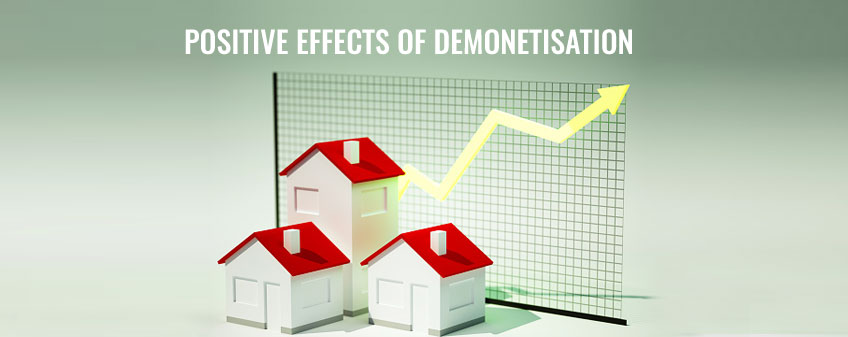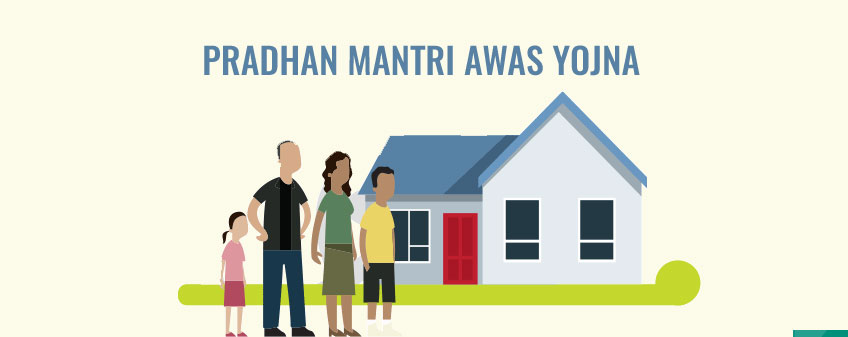Demonetisation and RERA (Real Estate Regulatory) have basically changed the dynamics. It has specially hit demand, End user markets have performed better than investor/speculator markets. Protect consumers have think that RERA will come into effect most states by May 2017. “That will extend working capital cycles. But implementation is the key and developers are holding back new launches till final implementation”. Developers prefer to restrict launches to clear inventories in on-going projects.
Commercial sector is also positive with 5% to 10% rent hikes. There is a limited supply o Grade A commercial real estate assets. It also sees retail and warehousing as possible dark horses. Good quality retail malls enjoy 10% vacancy while rent growth tracking trading density growth. The warehousing sector is attracting interest from investors.
Real estate market is probable to reach $180 billion by 2020 from $93.8 billion in 2014. Rise of nuclear families, rapid development and rising household income are likely to endure the key drivers for growth in all circles of real estate, including residential, commercial and retail.
For the period January to September 2016, total private equity (PE) investments in the real estate sector were detailed at $4.24 billion, showing a 22% increase compared to the same period last year. During the third quarter of 2016, accumulative investment in residential assets increased at 9% on a quarter-on-quarter basis. Government has also higher FDI limits for townships and settlements development projects to 100%.

